Fargo Brewing Co., a beloved staple since 2010, finds itself in a pickle, having filed for Chapter 11 bankruptcy protection. As they navigate through reorganizing debt, it’s business as usual.
This move was announced after the company filed the necessary paperwork in U.S. Bankruptcy Court in Fargo on Monday, April 15.
Crunching the Numbers
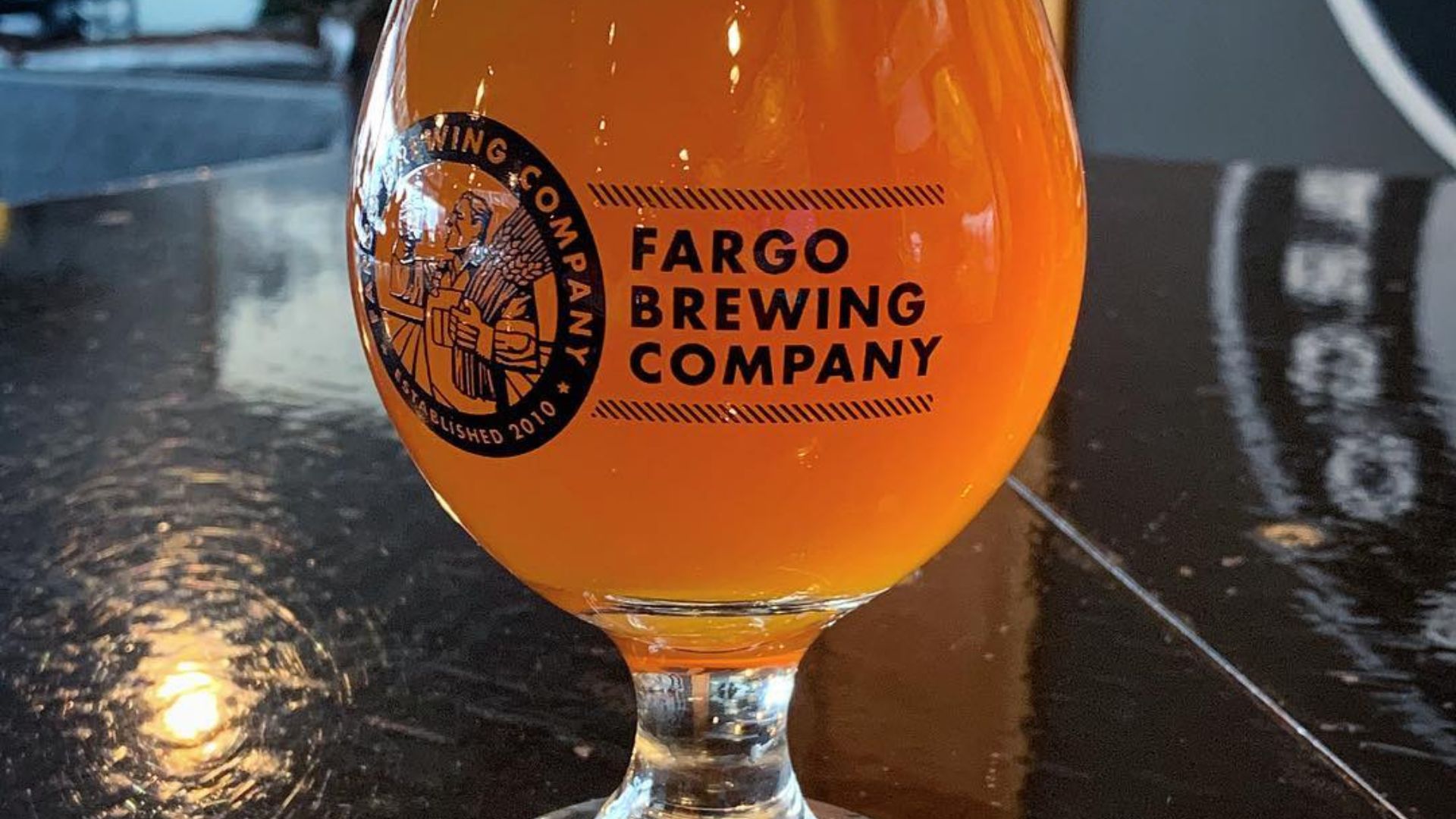
In recent court documents, Fargo Brewing has laid bare its financial struggles, listing 20 significant creditors.
This legal protection facilitates the renegotiation of terms and crafting of a plan to address these financial challenges head-on.
The Debt List: Who’s Owed What?
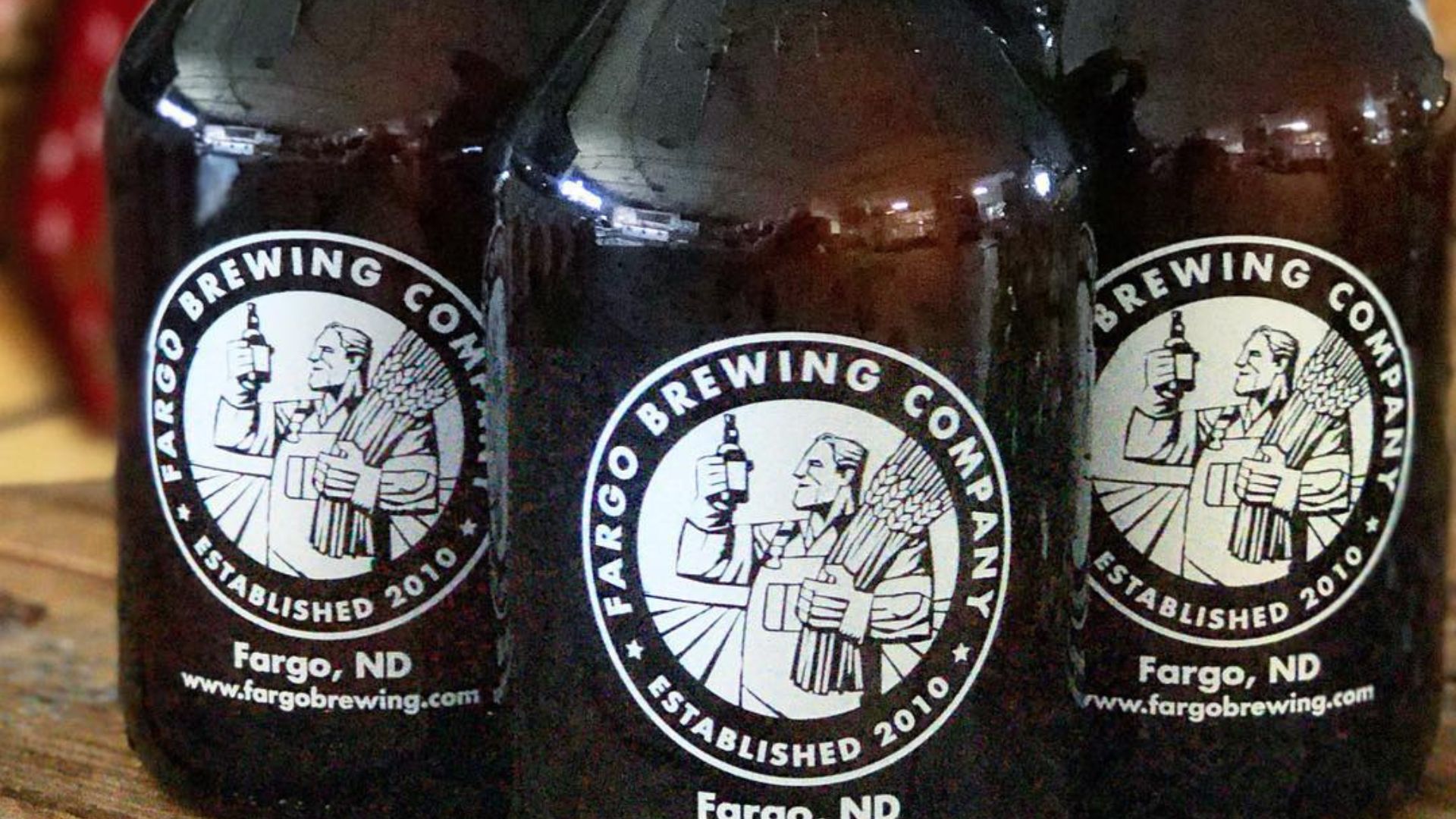
Among a tangled network of financial obligations, the largest unsecured claim comes from First Western Bank & Trust of West Fargo, with over $1.2 million.
Together, the claims of the top 20 creditors exceed $2.1 million, illustrating the hefty financial hurdles that lie ahead for the brewery.
A Glimpse at the Ledger: Assets and Liabilities
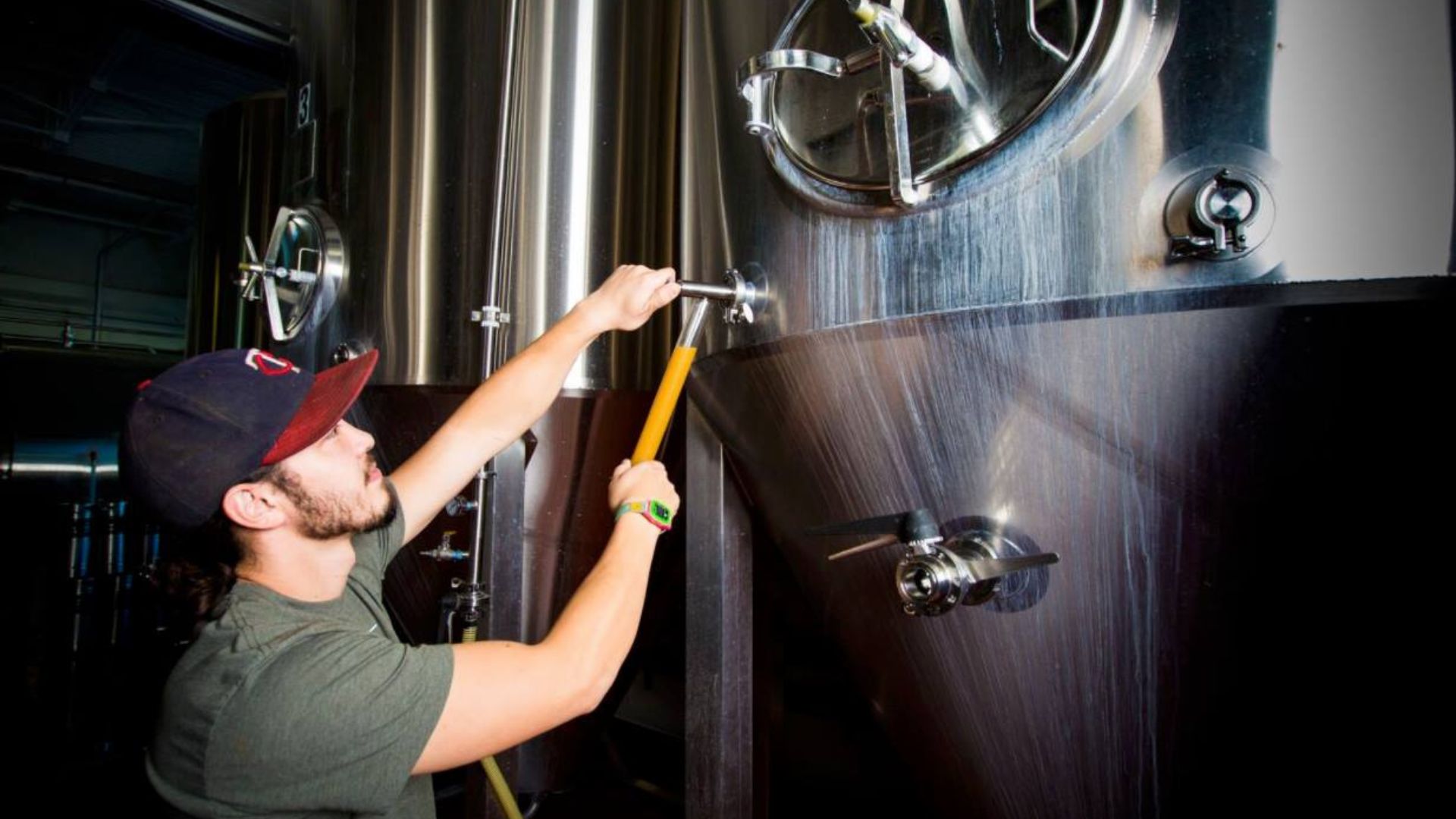
Despite the daunting debt figures, Fargo Brewing estimates its assets between $100,000 to $500,000.
However, these figures are dwarfed by liabilities that stretch from $1 million to $10 million.
Keeping the Pints Pouring
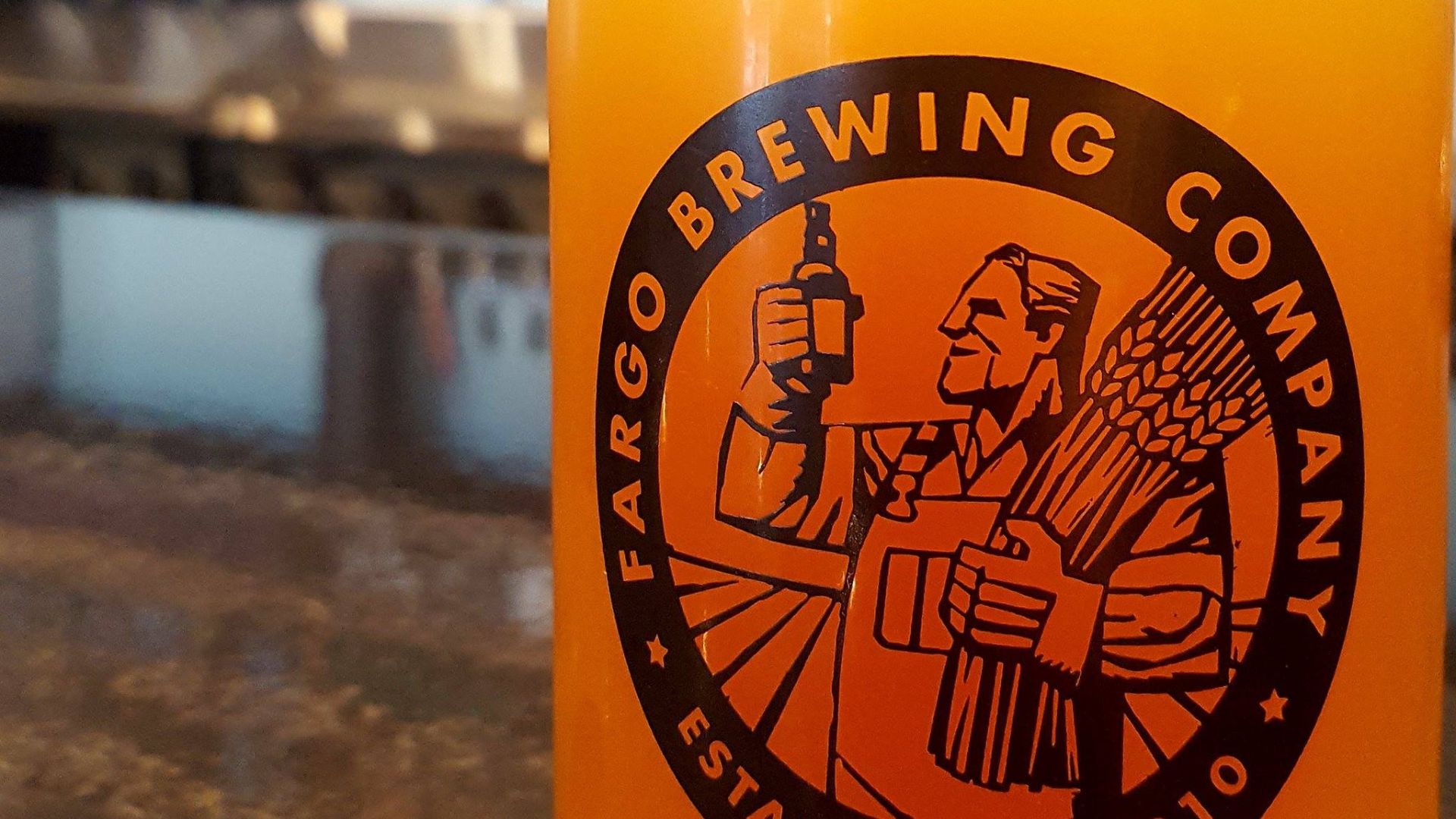
Co-founder Jared Hardy ensures the brewery’s pulse remains strong.
He said, “This is a day we worked hard to avoid and FBC is committed to working through this difficult time to continue to operate within the community, state, and region we love.”
Fargo’s Fight Through COVID
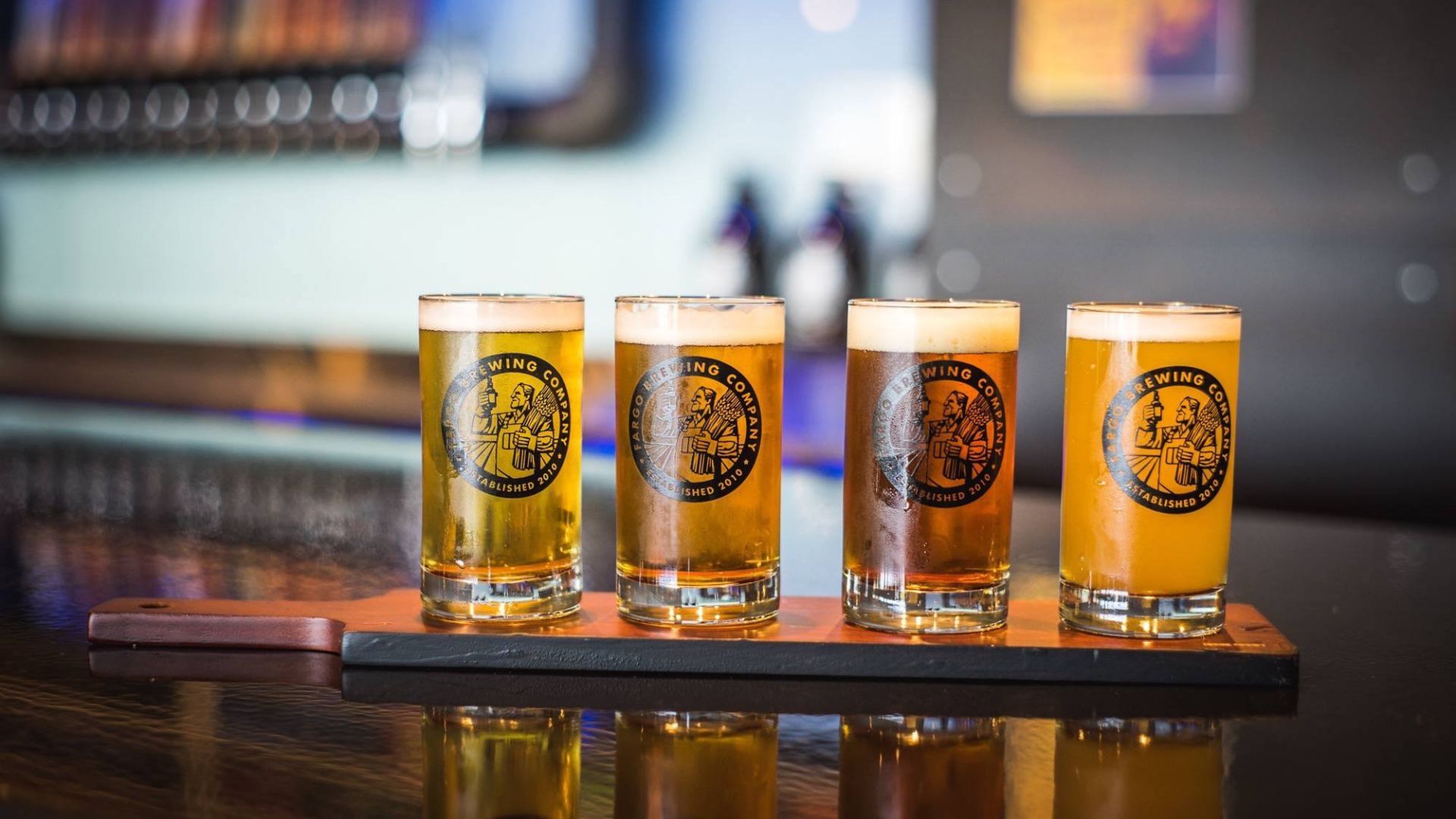
Emerging from a pandemic wasn’t easy.
Jared Hardy reflects on not meeting business projections and the hefty weight of debt in a shifting industry landscape since opening a new taproom in 2021.
Brewing Through Hardships: Fargo’s Decade in Beer
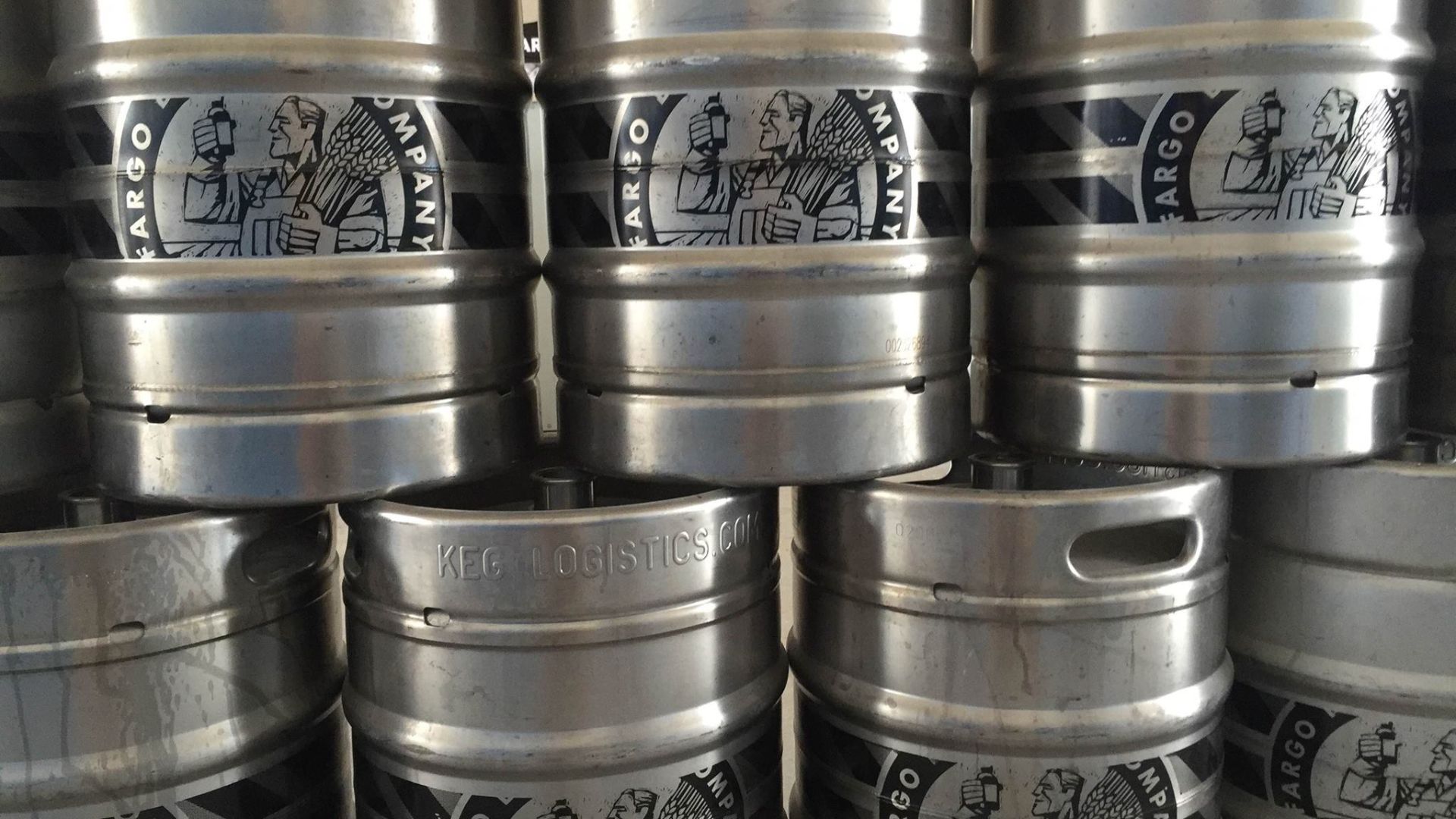
Since its inception as Fargo Beer Co. in 2010, and rebirth as Fargo Brewing in 2013, the brewery has seen its fair share of challenges.
These range from supply-chain disruptions to changing consumer habits.
Not Alone in the Struggle
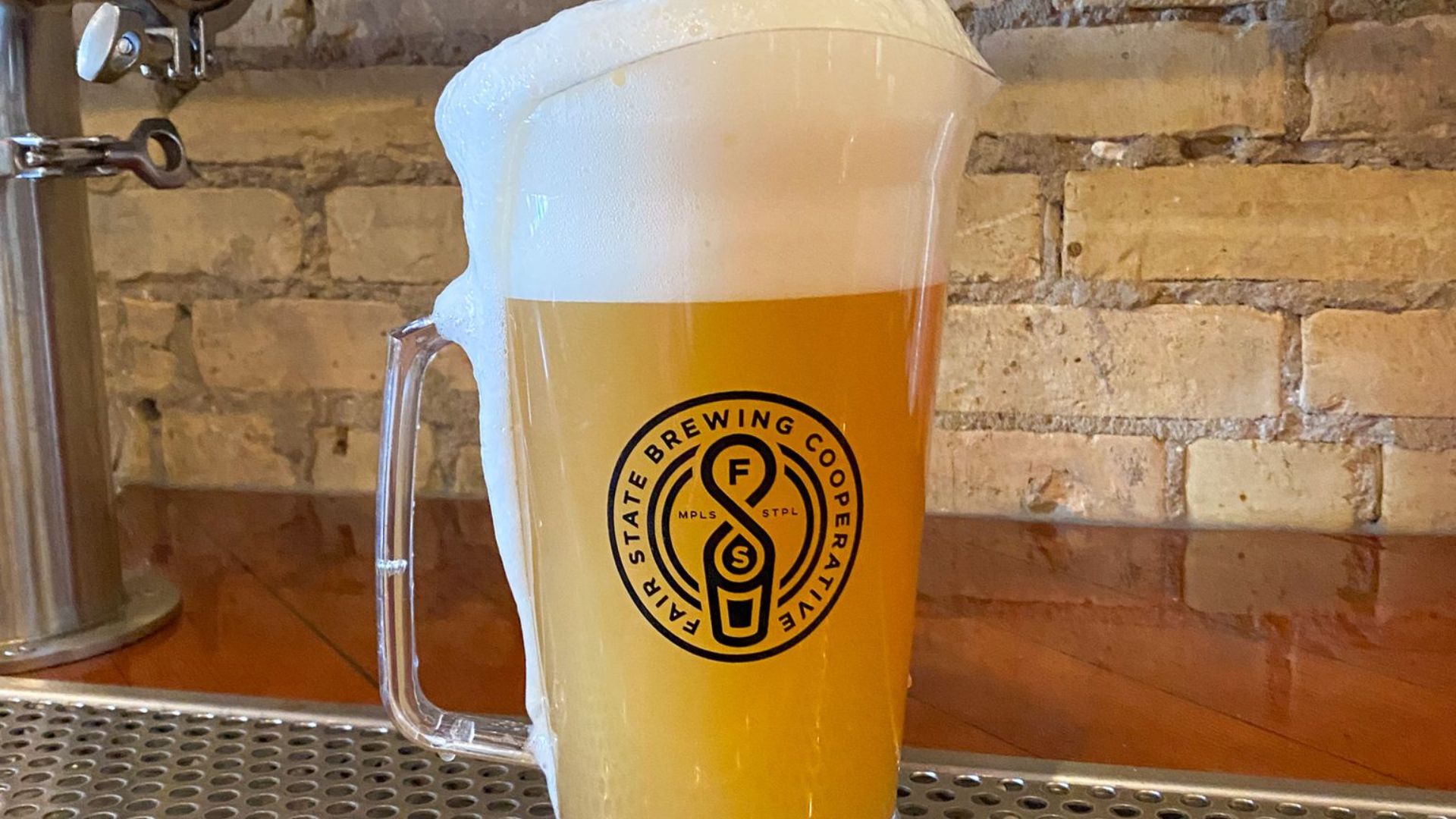
Fargo Brewing is part of a broader group of breweries facing similar financial restructurings.
Well-known names like Minneapolis’s Fair State Brewing, New Jersey’s Flying Fish, and Denver’s Joyride Brewing are all in similar positions.
Business as Usual for Beer Lovers
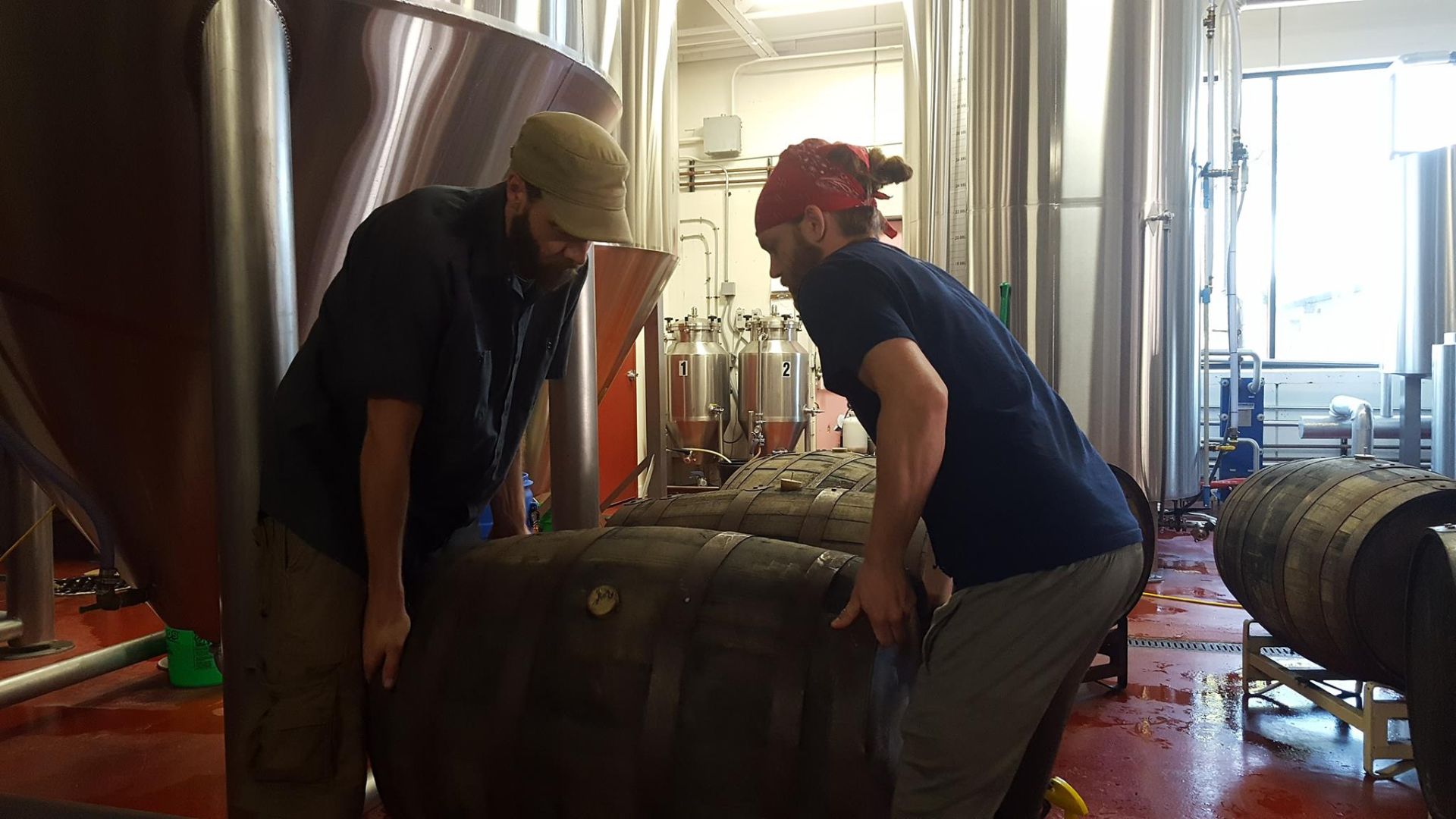
Hardy offered a message of reassurance.
He said, “From a customer standpoint, nothing should change: FBC will continue to produce and distribute its flagship beers, the taproom will remain open (during) normal business hours, and all upcoming events in the taproom and The Hall will continue as planned.”
From Humble Beginnings
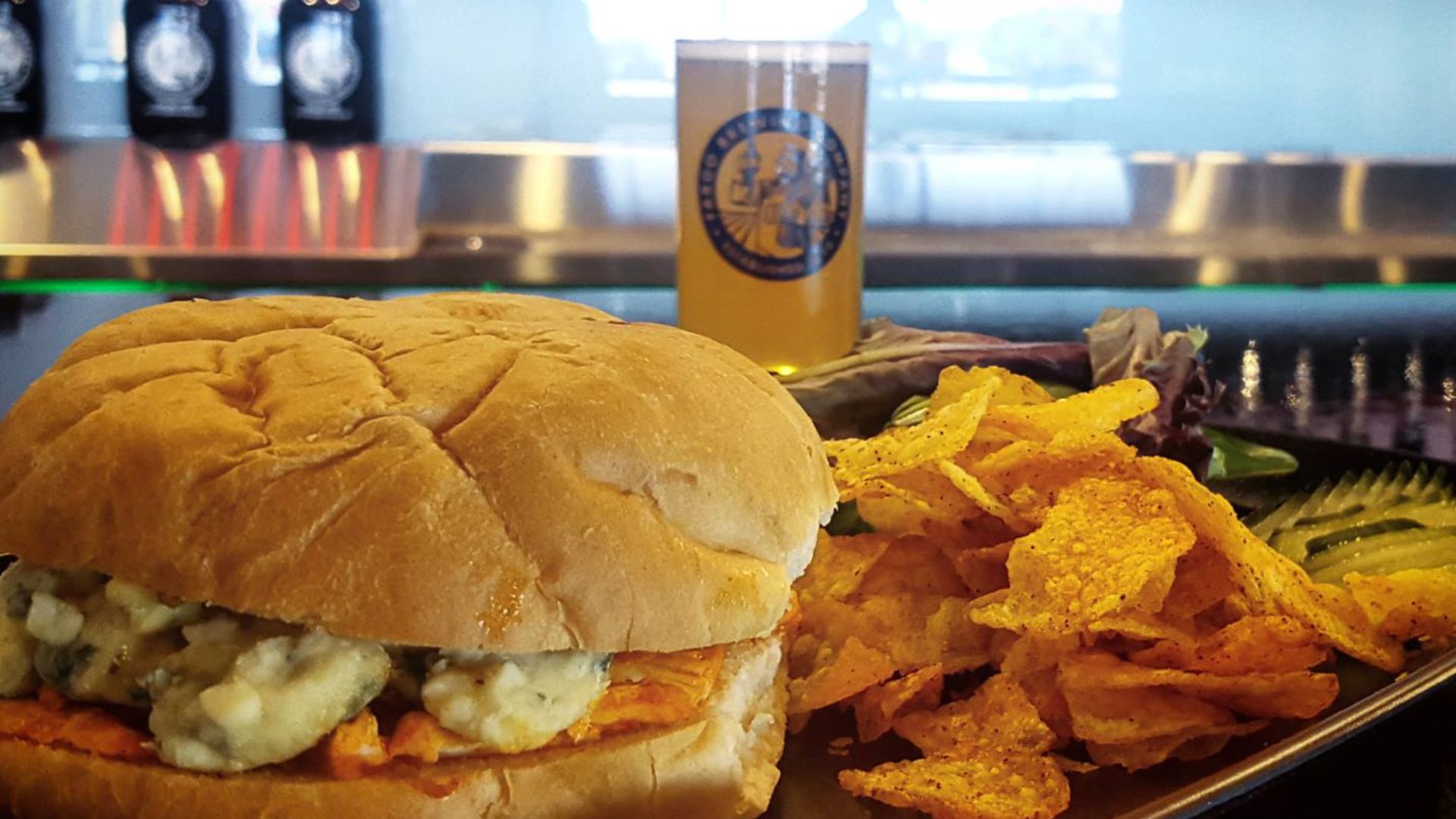
Tracing back to its roots, Fargo Brewing initially kicked off its journey in Black River Falls, Wisconsin, under the name Fargo Beer Co.
By 2013, it had moved operations to its own facility in Fargo, proudly adopting the Fargo Brewing name.
Standing Strong in the Community
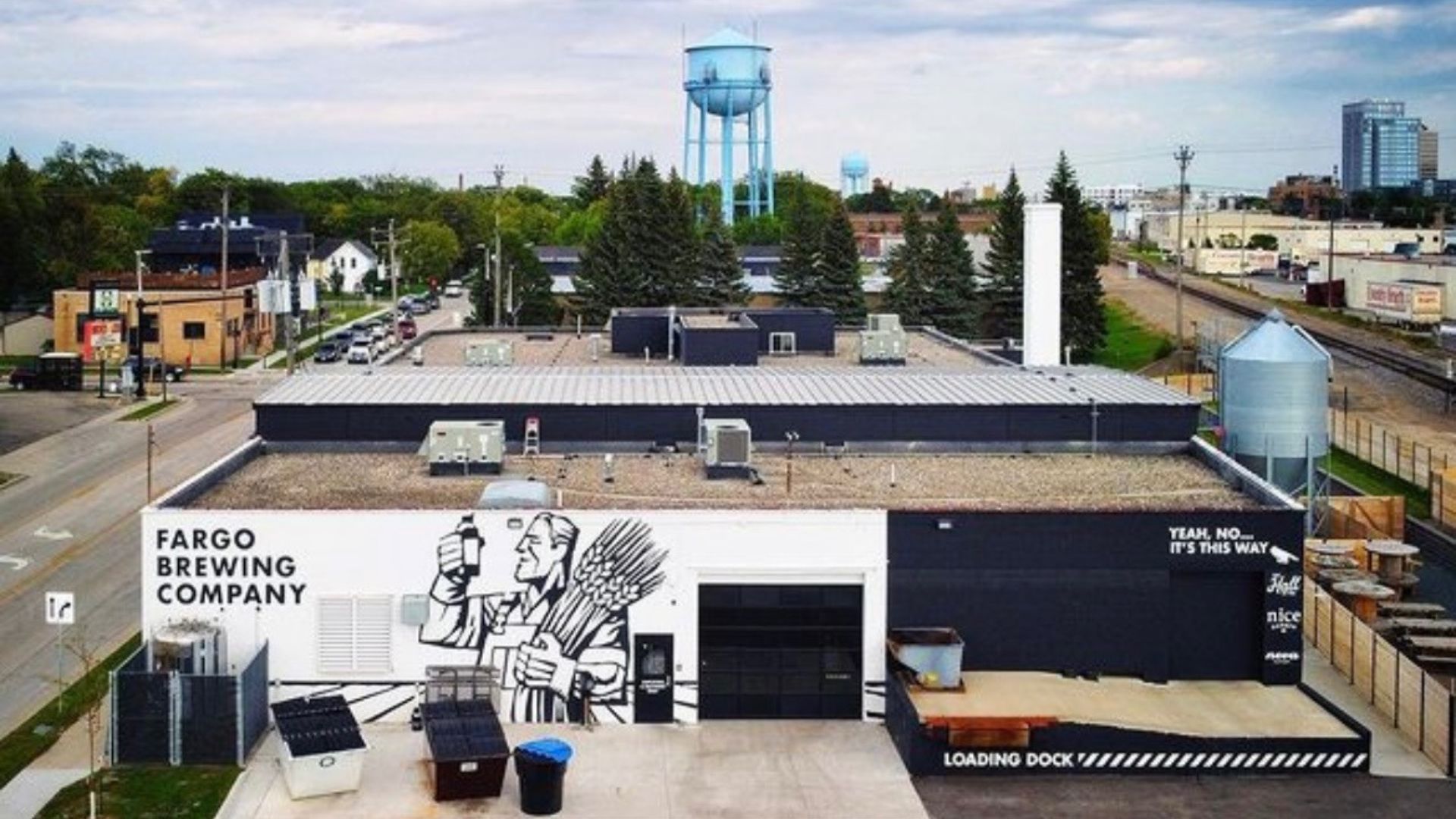
Despite today’s turmoil, Fargo Brewing remains a beacon of craft beer in Fargo.
While it continues to craft beer, it also brings the community together through music at its outdoor concert venue. “Since its founding in 2010, Fargo Brewing has been on a mission to bring our community together through the art of craft beer. We understand that you are more than just beer enthusiasts; you are the heart and soul of Fargo, and we are here to celebrate you,” states the company on its website.
Looking Ahead: The Future of Fargo Brewing
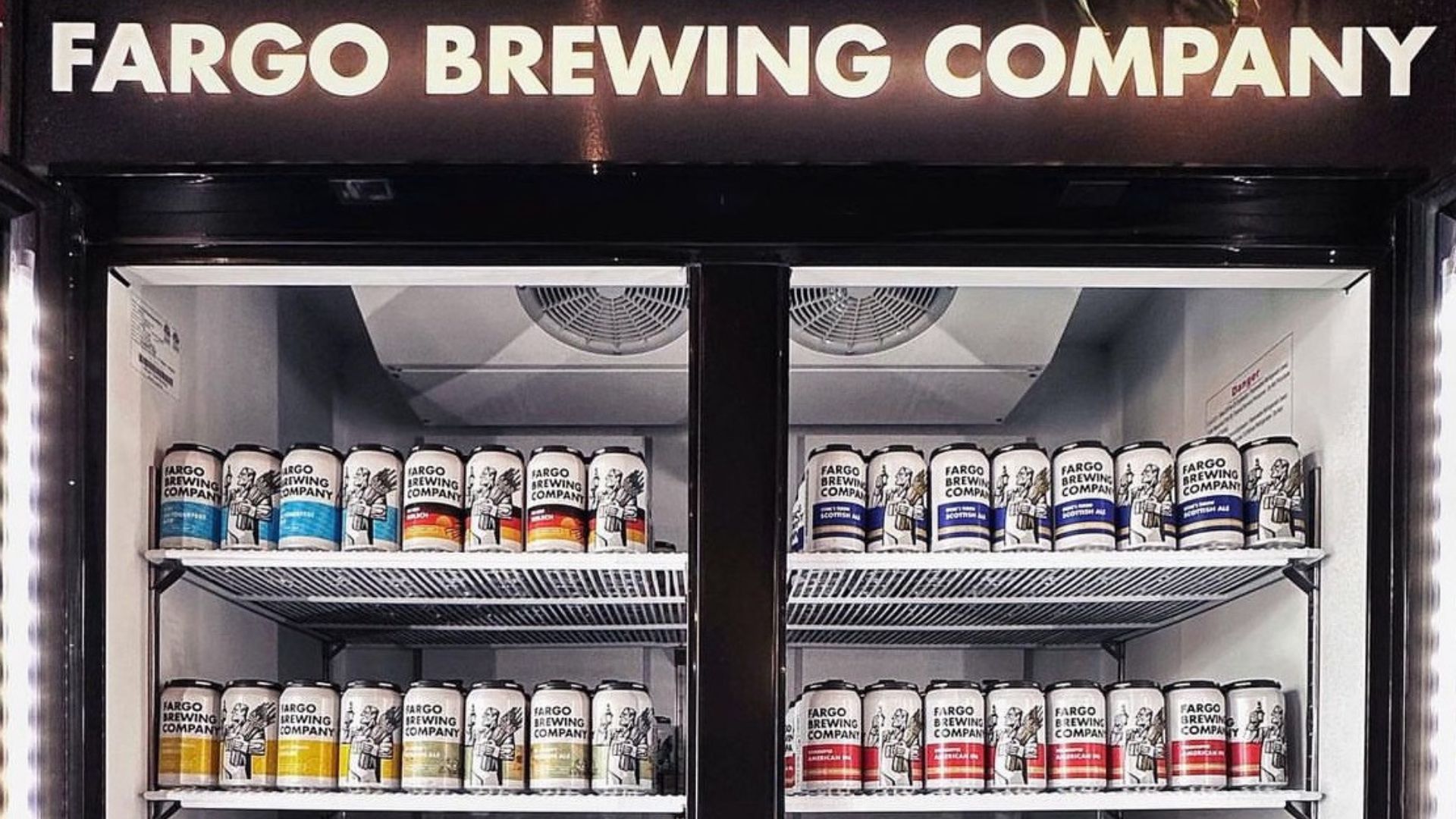
Fargo Brewing is strategically realigning its finances with a vision of long-term sustainability.
The brewery remains hopeful about surmounting current challenges and establishing a strong financial base for future prosperity.
Broader Industry Woes
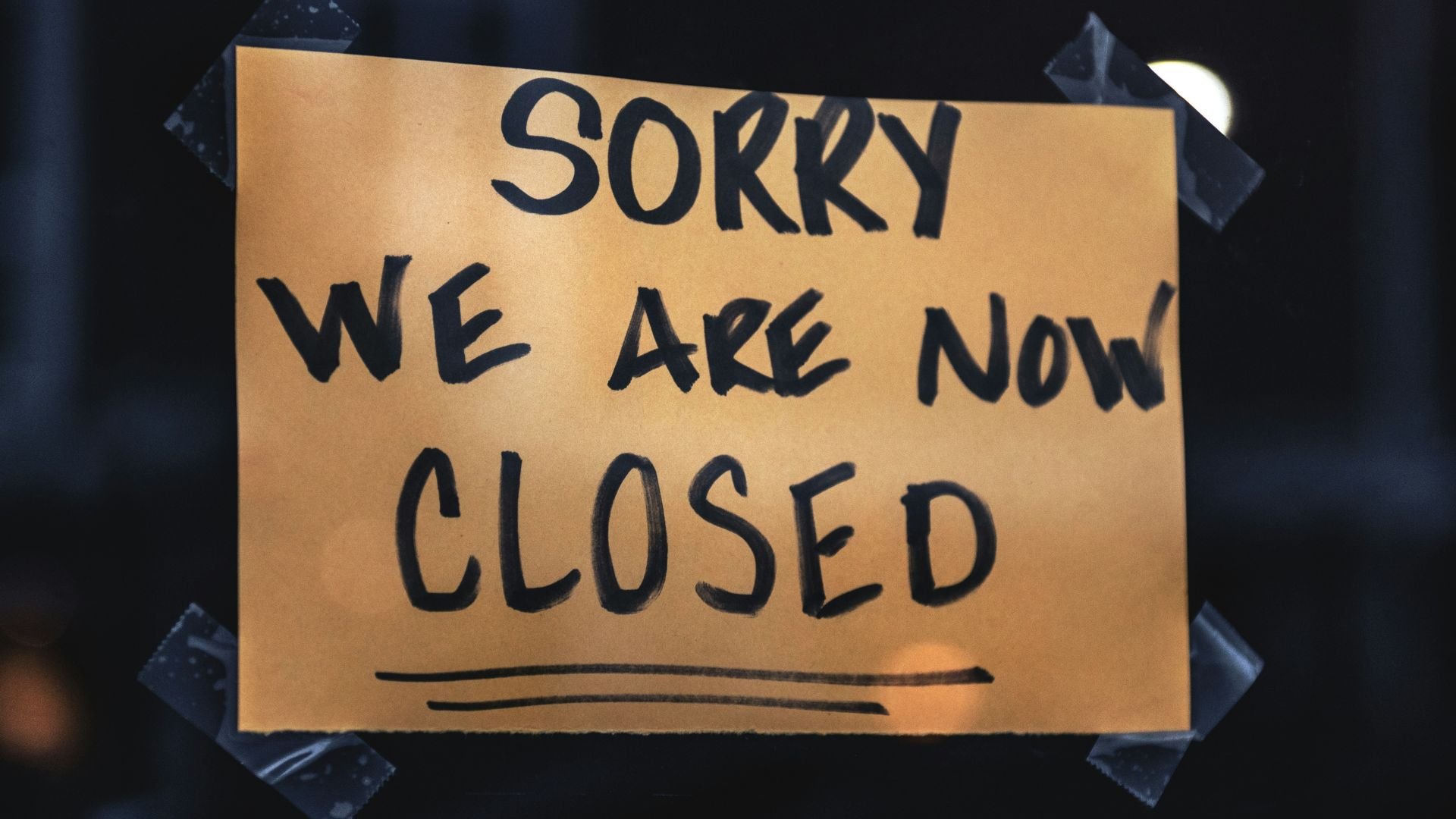
As Fargo Brewing navigates bankruptcy, it’s clear they are not alone. The food and beverage industry at large is grappling with challenges, from rising operational costs to shifting consumer tastes.
High ingredient costs and stringent regulatory requirements (amongst other factors) have placed significant financial strain on similar businesses, emphasizing the volatile nature of this sector.
Chain Reaction: Domino Effect in the Beverage Sector

The ripple effects of a single brewery’s financial struggles extend far beyond its own operations.
Suppliers, local barley farmers, and retail partners can all suffer, highlighting the interconnected nature of the beverage industry. This domino effect results in the broader impact of financial woes within the sector.
Rising Costs: A Bitter Ingredient

Inflation has driven up costs in the food and beverage industry, affecting everything from raw materials to labor.
This price hike challenges companies to maintain profitability while still offering competitive pricing — a balancing act that not all are managing successfully, leading to increased financial pressure and potential bankruptcies.
Shifts in Consumer Habits

The food and beverage industry is also experiencing a significant shift as consumers increasingly opt for healthier and more sustainable choices.
This change in consumer habits forces breweries like Fargo Brewing to adapt their product lines or risk declining sales, further complicating their financial stability.
Impact of E-commerce and Delivery Services

The surge in online shopping and the popularity of delivery apps have transformed the operational landscape for breweries and restaurants.
To stay competitive, many are now compelled to invest in digital platforms and delivery logistics, adding new costs and complexities to their business models.
Legal and Regulatory Hurdles

Navigating the maze of alcohol distribution laws and food safety regulations adds another layer of complexity and cost to breweries.
For businesses like Fargo Brewing, these legal challenges can compound financial restraints, making recovery from bankruptcy even more daunting.
The Craft Beer Market Saturation
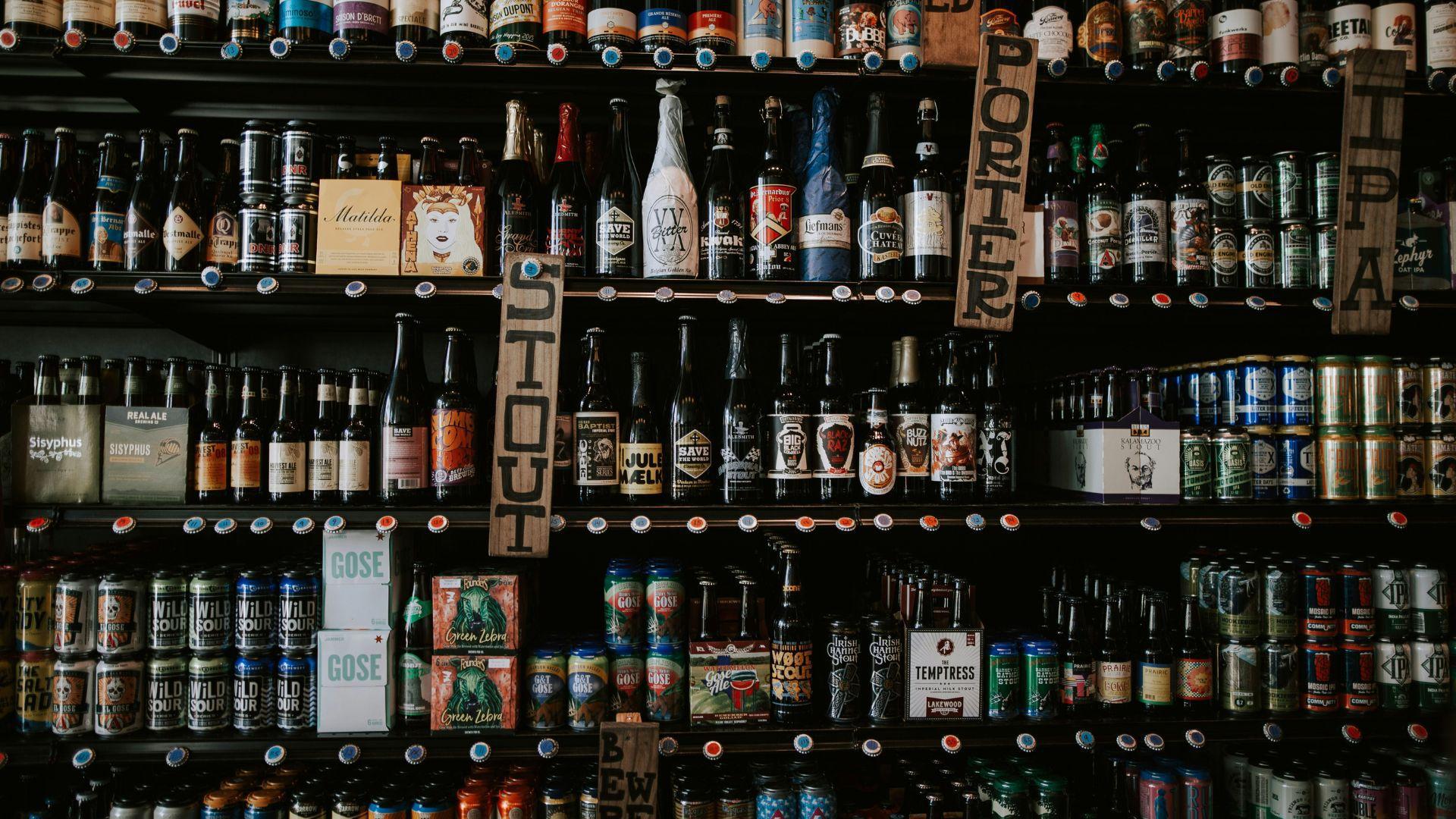
The craft beer market was already becoming increasingly saturated in 2018, according to Food Dive, with a plethora of options overwhelming consumers and diluting market share for established players like Fargo Brewing.
This saturation makes it challenging to stand out, impacting sales and contributing to financial strain.
Technology in Brewing: A Double-Edged Sword

While technological advancements in brewing can increase production efficiency and product consistency (via Future Drinks Expo), the high cost of adoption can impact financial resources.
For breweries facing economic challenges, balancing technology investment with budget constraints is a delicate task.
Global Economic Uncertainty

Factors such as global economic instability and trade uncertainties can unpredictably affect local businesses.
For breweries, these external pressures can impact everything from raw material costs to international sales opportunities, complicating financial planning and stability.
The Role of Venture Capital

Venture capital can provide the necessary funds for expansion (via Investopedia) but comes with high expectations for growth.
For breweries like Fargo Brewing, failing to meet these expectations can lead to financial distress, as the pressure to perform intensifies already challenging circumstances.
Future Trends in the Beverage Industry

Looking forward, the beverage industry is likely to continue evolving towards sustainability and local sourcing (via BIE Roundtable).
Breweries that embrace these trends may discover new growth opportunities, potentially offsetting some of the challenges currently faced by the industry.
Learning from the Past

The trials faced by Fargo Brewing reflect broader industry trends and serve as a critical learning opportunity.
By understanding and adapting to these challenges, other companies can better navigate financial difficulties and position themselves for sustainable future success.
